What is Cost Per Lead? Formula, Importance, Measuring & Management
Have you ever asked if your marketing strategies have been productive for your business goals? Do you know how your print advertisements are held to expand your client base for your digital ads? Are you concerned about how much you have to spend first to buy new customers?
As a marketer, it is crucial for success to be armed with data and refine its efforts. This is important if you want to expand your business and maximize profitability. If measured correctly and controlled effectively, CPL provides you with the basis to determine marketing activities’ profitability.
What is Cost Per Lead (CPL)?
What is a Lead?
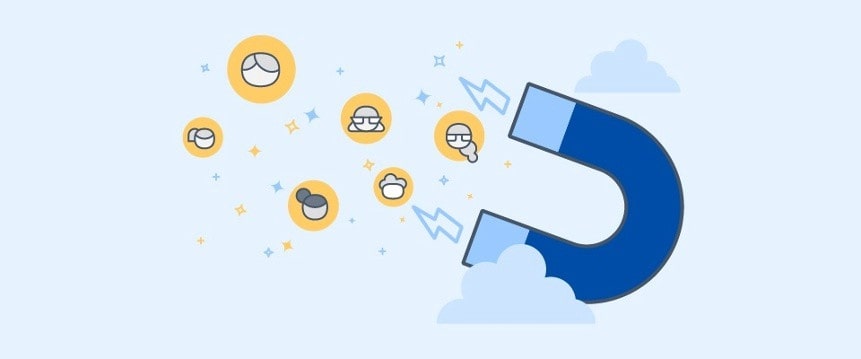
A marketing lead is an individual that has an interest in the goods or services of a company that makes the individual a possible buyer. Any company’s prime objective is to produce maximum leads. An organization must have opportunities for the respective material of the sales funnel and offers for its procurement.
A qualified lead is an individual who satisfies minimum requirements and continues to market them with the expectation of transferring them from the funnel to sales for further assessment. Through a questionnaire or market study, they have been examined to ensure that they are someone who will need your services, that they are in the correct income class, and have the budget for a purchase. Qualified leads are more likely to be converted than normal leads.
What is Cost Per Lead?

The Cost Per Lead (CPL) metric calculates how efficient your marketing efforts are when creating new leads for the sales or marketing team. A lead is a person who is interested in your product or service by achieving its objective. This measurement is closely connected with other important market measurements, such as new customers’ acquisition costs. This measure is intended to provide a tangible dollar sum to the marketing staff so that they know how much money is needed to get new leads.
The Cost Per Lead metric also provides valuable data to calculate your marketing return on investment. Indeed, any purchasing funnel stage should be related to similar metrics such as cost per visitor and cost per win.
Likewise, these measurements are used for monitoring the entire marketing strategy of particular campaigns such as AdWords, banner advertising, or digital ads. Cost per model supports the sharing of responsibility among publishers and advertisers for results. Publishers are responsible for placing their advertisements in the right manner from the right markets. Advertisers shall ensure that all leads are maximized to sale.
Cost Per Lead in action
Online companies also use affiliate CPL campaigns and show advertisements. If an individual clicks the ad, he is sent to the website of the company. The client is hereby requested to opt-in to the respective promotion plan, whether a discount, a mailing list of vouchers, or a deal only for a short period, etc. The lead was developed, and the publisher would be compensated according to the previously agreed cost per lead if it chooses to register for the bid.
The importance of Cost Per Lead generation
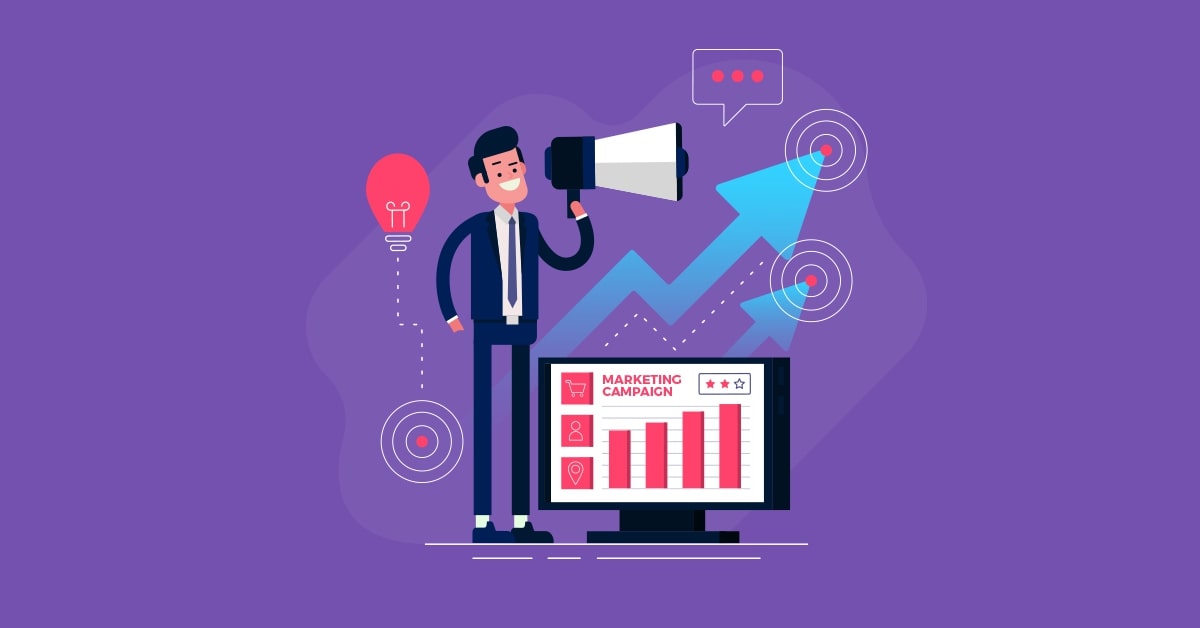
It is difficult to make assumptions about how much to spend on ads without understanding the costs per lead and conversion rate. The transformation rate is higher for the more qualified leads, but you get the same selling costs regardless of how you describe your leads. Remember to keep track of these figures over time.
Running CPL campaigns will help you strategically build guidance by using the same principles as taking place at conventions and industry-specific trade fairs. Here are few reasons why this strategy should be pivoted instead of event promotion.
B2B network advantage
An advanced B2B distribution network benefits CPL campaigns. Instead of being able to greet anyone who passes by an event at the stand, your organization sends messages through many sites and websites to thousands of online publications.
Customer acquisition

The CPL price model is also used by direct response vendors and brand marketers who develop newsletters and consumer reward programs.
Some companies use CPL marketing to associate consumers with whom their brand, products, and even social issues are especially passionate. There are potentially high-value consumers who are repeat purchasing applicants. They are more likely to advise other parties with common preferences on the goods of the business.
Branding control
CPL campaigns for branding campaigns are also chosen because an organization has full control of its brand in the marketing procedure, in contrast to outlets where another company can distort messages.
What is a good Cost Per Lead?
You can reach a lot of decent cost per lead consistently through your sales/marketing activities so that you can meet your sales goals, reach your objectives and reach your growth and profit margins. Even in related companies, this figure can be wildly different. A higher CPL could lead to better service and a lower total consumer acquisition cost if you want quality. You might want to decrease the CPL even though the leads are not qualified if you are aiming for quantities.
After all, you can also compare the CPL with average lead rates in different industries and channels. This will help in a better understanding of how much per lead you can pay. Check out this projected data about the average CPL for different industries and channels, collected by team Linchpin, for further references.
Average Cost Per Lead data by Industry
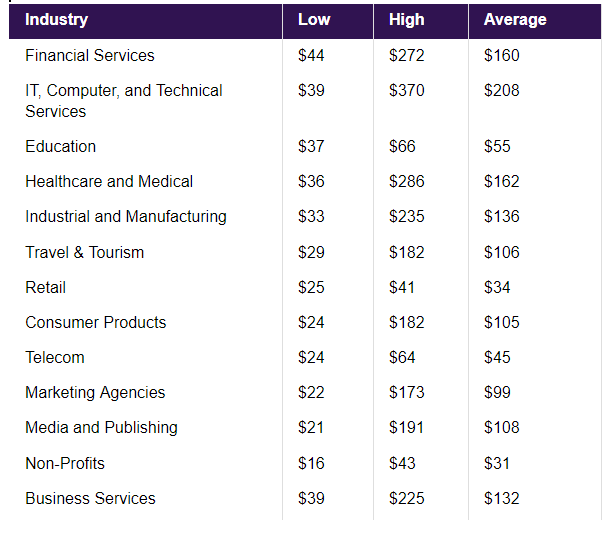
Average Cost Per Lead data by Channel
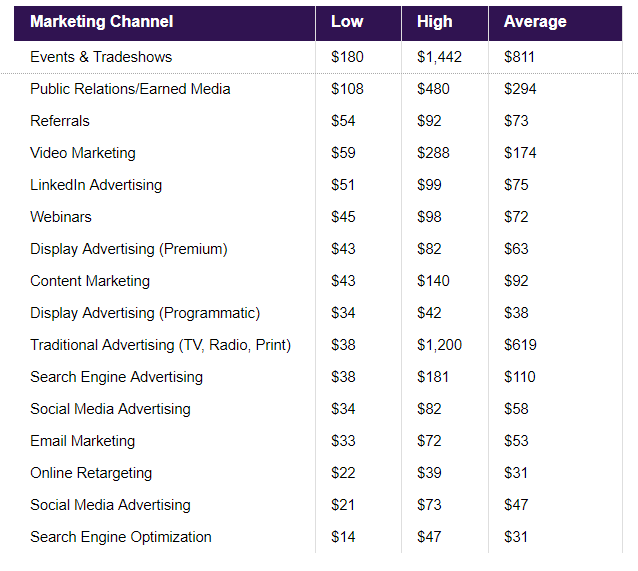
How to calculate Cost Per Lead?
The formula to calculate Cost Per Lead is quite easy to conduct. Just divide the money you spend on a campaign over a certain period by the number of leads that have been generated during the same campaign.
Cost Per Lead formula:
Cost Per Lead = Total cost of the campaign / The number of leads acquired
You can do the same equation as well, but you can pave the way for leads in a single campaign. Therefore, the marketing campaigns’ total cost is separated by total marketing leads, equivalent costs per campaign lead.
Cost Per Lead Example
For instance, your total spending on an AdWords campaign is $1200 for March. In the end, you collected 150 email addresses in total from that campaign in the same month. Your cost per lead for the campaign will be:
Cost Per Lead = $1200 / 150 (email addresses) = $8
You can decide strategically where to direct your marketing campaigns when you know how much it would cost. The cost per platform inbound marketing can be much smaller than outbound marketing. You should concentrate on optimizing marketing efficiencies in these fields as you measure costs per lead for various campaigns.
A company must decide the importance of a target conversion to measure the required CPL. The CPL is linked to newsletter customers’ lifetime value (CLV) for secondary conversions such as newsletters registration. The CPL shows the need to consider the importance of each platform and campaign media - companies can easily run campaigns with that awareness and forecast ROI correctly.
Managing and reducing Cost Per Lead

Each channel depends on the particular techniques of successful management of the CPL. Each of them is different and different approaches are needed in order to help you find the best cost. You will increase the profitability of your marketing efforts by maintaining your CPL as low as possible while also acquiring fresh, high-quality leads for your sales team. You can change campaigns to get more consumers for less in several different ways.
Conduct behavior-based audience targeting
One thing is to replace users who viewed the website with a further series of advertisements. Another is to re-target them on the basis of their specific action on your platform. Begin with a separate demographic depending on their behavior rather than targeting anyone visiting your site.
Start with the behavior analysis of leads that have transformed already. Beware of these trends, such as a visit to a certain website or a certain action before selling. It may be that before buying from you, consumers have the same behavior.
Based on the way people interact with your website, your ad campaign enables you to return highly-serving guests who are more likely to convert. Furthermore, this approach helps you understand more about low-intention or negative guests to refine the adverts and target markets better.
Provide quality and authentic content

Clearly, our CPL will eventually increase if you serve advertisements to users who don’t care about the quality of such ads or if the ad promotes content that they subsequently don’t produce.
You want as much profit as you can if you waste money on this traffic. The first step towards this attribute is to ensure that the landing page for conversions is streamlined. You must be able to understand a straightforward bid above the fold within five seconds or less. Test the effectiveness of the landing pages to show someone what you sell for five seconds. You would change it if they can’t tell you.
Because our target audience asks questions when in Google, we all want to consider how to add exact questions into our content. The correct matching position is a vital aspect for optimizing the relevant content and affects your website authority. This method would also demonstrate that the readers know about their challenges and should believe that they can have the best possible responses and solutions.
Lower keyword bids
You can attempt to reduce the bids. When you regularly provide the same, the time you spend tinkering with your campaign would be reduced; however, the bottom line could be damaged. Trial and error are the secrets to effective growth marketing if you want to try. You can find a nice place to bid but get similarly good results for your campaign.
Generate organic leads
You should also seek better ways to organically generate leads. For instance, SEO is one of the cheapest ways of generating leads. If you spend a while building a big business blog with high levels of search engines, it might become a solid source of profit without a massive expenditure.
The cost per lead on social media in comparison to the cost per lead for ads is still also very cheap. So your business will be paid dividends with a persuasive, interactive social media business presence.
Reduce spending on low-performing keywords
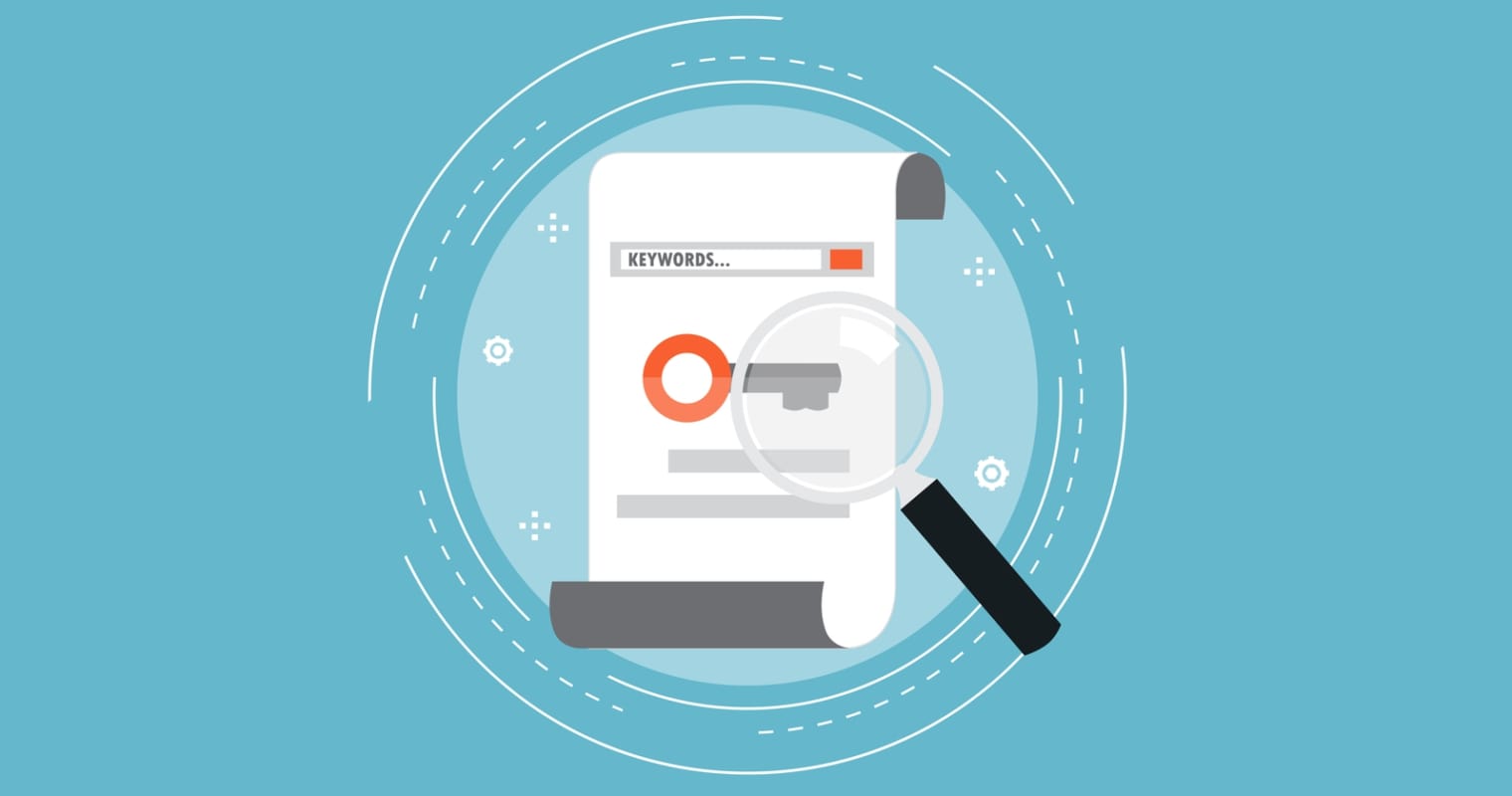
Periodically, you expend money and evaluate the output through the various keywords. Tag and optimize the conversions which prove to be driving and delete those which do not perform. At some stages, any keyword will convert anyone - but that doesn’t mean you can keep this keyword forever. It can be nerve-wracking to get rid of a searched keyword, which has got a lot of taps, but it is a waste of time because you don’t transform it often enough.
Instead, try to turn to a specific lengthy keyword. If you get fewer clicks, the clickers are likely to translate to a higher pace: the better, the more relevant. Select highly-targeted, long-tail keywords that represent what you’re looking for. Single ad keyword groups can help you achieve better advertising performance by targeting a particular keyword per publicity party.
This approach would help improve your consistency, Google’s evaluation of the quality, and your ads’ importance. The less money you spend on traffic and the more involved in the content you give it, the lower your CPL’s total amount will be.
Take an inbound marketing strategy
By clicking on an ad, many marketers want this behavior to happen as near as possible to the end of the funnel - for example, for a presentation or for consultation. So you don’t have to do anything to get them to the funnel.
Inbound argues, however, that you must make sure to deliver other types of content at various levels of funneling. By encouraging a high level of funnels and cultivating those interactions to the sale, we get the highest benefit from paid ads. Like e-books and maps, top-of-the-funnel provides much less pressure than an offer at the bottom of the funnel, so the visitors are more inclined to convert.
Perform A/B testing
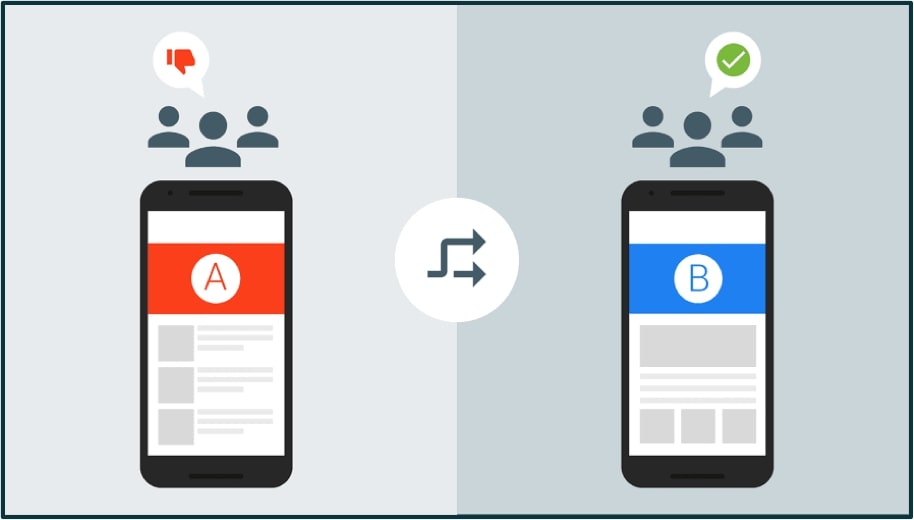
There are multiple variables between your keywords, copies, and photos that influence the extent to which your ads work. When creating an ad, it may be enticing to follow your artistic impulses, but instincts do not guarantee success. You can only identify the items that most align with your ideal consumer by running two iterations of the same ad.
Using one ad as the control and one as the predictor according to the scientific method. It can be impossible to make a definite inference if there are so many variables. Make sure that any ad is served in equal numbers and rotate it endlessly. Only change one item at a time, until you understand how the audience resonates best.
Do review
You probably have collected enough historical evidence to do a results analysis if you have been running the campaign for several months. Each channel usually has an analytics segment to provide important information about your conversions. Use it to maximize the efficiency of the campaign, optimize it and increase it.
It is also an excellent way to sharpen your goal and better understand your audience. It would help if you periodically revisited historical events since the digital landscape is continually evolving and complex.
Final Verdict
Cost per lead is, of course, just one measure of the price per purchase, so the expense by acquisition can still remain very low if you are able to keep your CPL low. However, the money you spend on turning leads without losing the accuracy of these leads can still be reduced.
It might be hard to keep a low cost per lead as you step up your marketing activities – become more focused and extend your promotions simultaneously – but as you continue to refine and iterate your approach, you will probably hit a place where your announcements work fairly without the need for significant administration on your part.
New Posts






